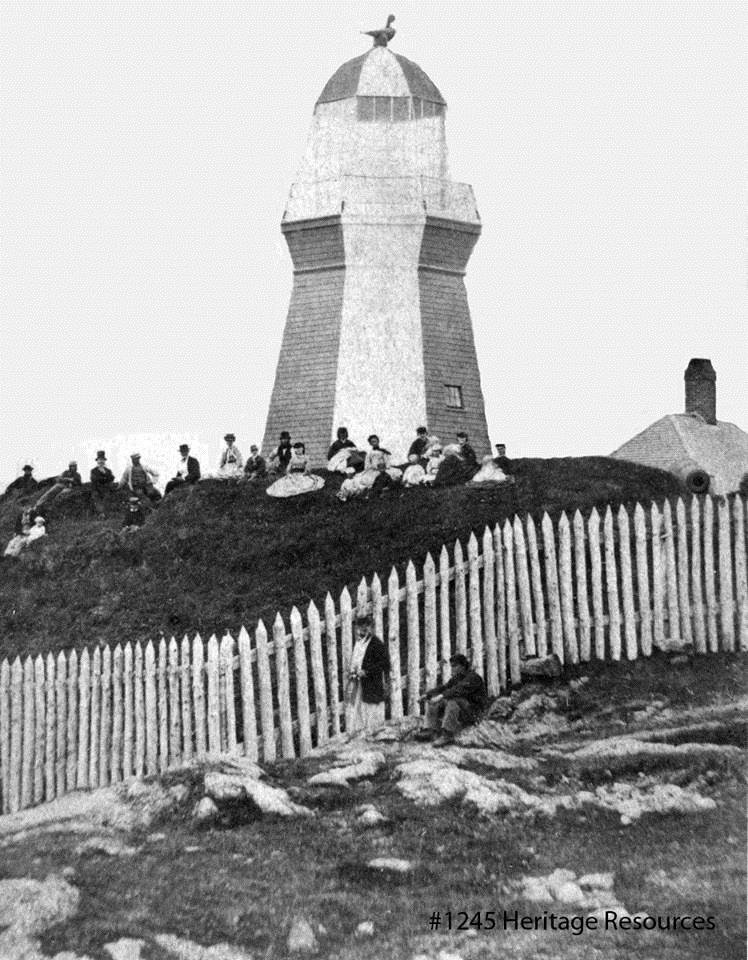Partridge Island, North America’s first quarantine station, played a significant role in the City’s Irish immigration during the period known as the Hungry Forties. The island contains six separate graveyards where where less than 1,000 mariners, immigrants and Canadian residents are interred ‐ most were Irish who died during the 1847 typhus epidemic.
Many heroes surfaced during the Irish famine migration, one of whom was Dr. James Collins, a native of County Cork, Ireland who had immigrated to Saint John in 1837. In 1847, when Partridge Island had over 24,000 infected immigrants, Dr. Collins was hired to attend to the sick and dying. Of the eight doctors hired to work on the island, seven were Irish. Dr. Collins was only on the island a month before he, too, contracted typhus. On July 2, 1847, he became the only doctor to die on Partridge Island. A 30‐foot Celtic Cross was unveiled In 1927 by two survivors of the famine years as a tribute to the Irish immigrants and Dr. Collins. It stands today as a reminder of the suffering Saint John’s Irish endured.
Canada’s second Speaker of the House of Commons, Timothy Warren Anglin (1822-1896) emigrated to Saint John as part of the Irish Potato Famine. Before becoming a parliamentarian in 1867, Timothy Anglin founded of the Roman Catholic newspaper The Freeman in 1849 and was elected to the Legislative Assembly of New Brunswick in 1861. One of Anglin’s sons, Francis Alexander Anglin (1865-1933), served as Chief Justice of the Supreme Court of Canada from 1924 to 1933 and his youngest child, Mary Margaret Anglin (1876-1958), was a Broadway actress, director and producer described as “one of the most brilliant actresses of her day.” Mary Margeret is also the only person to be born in the House of Commons.





